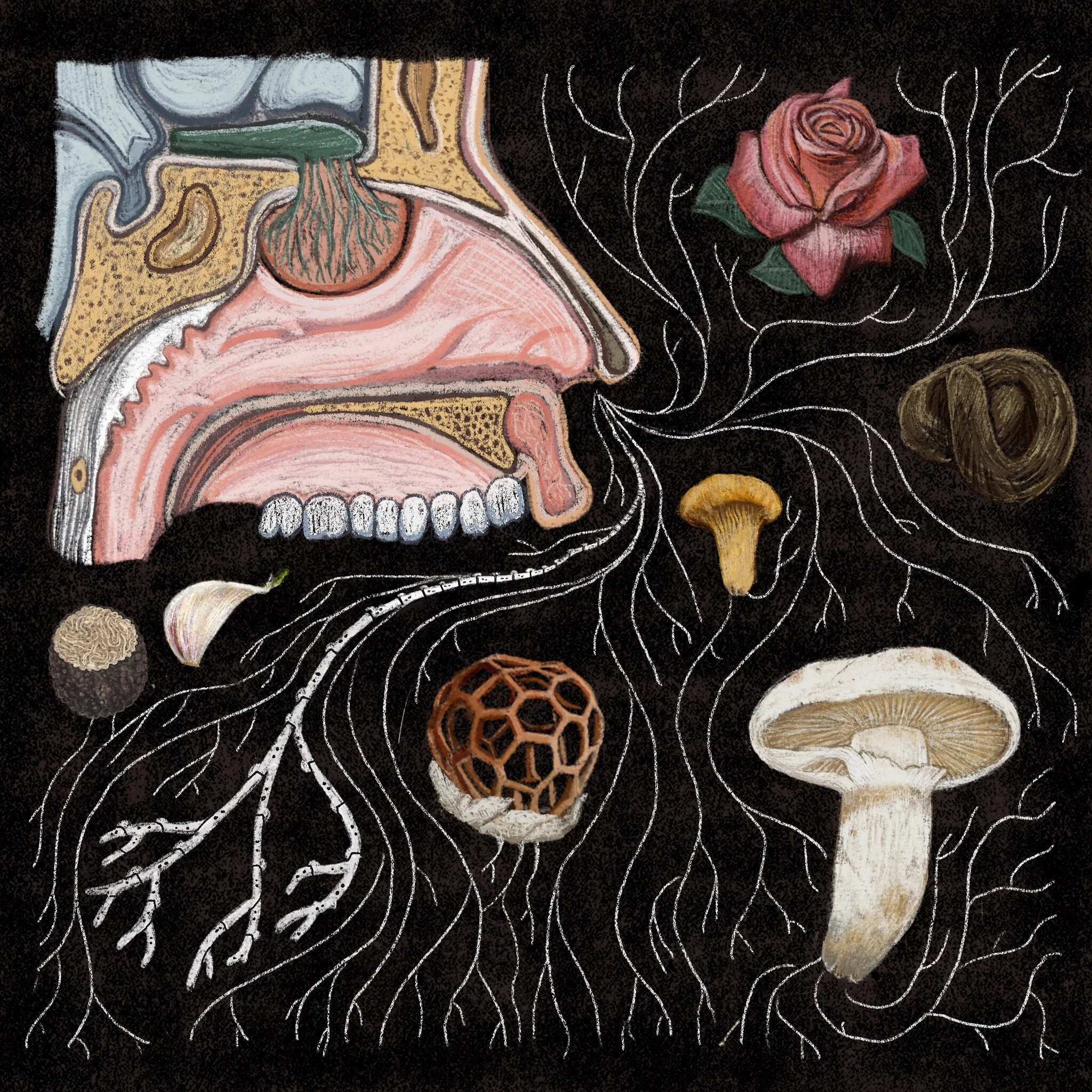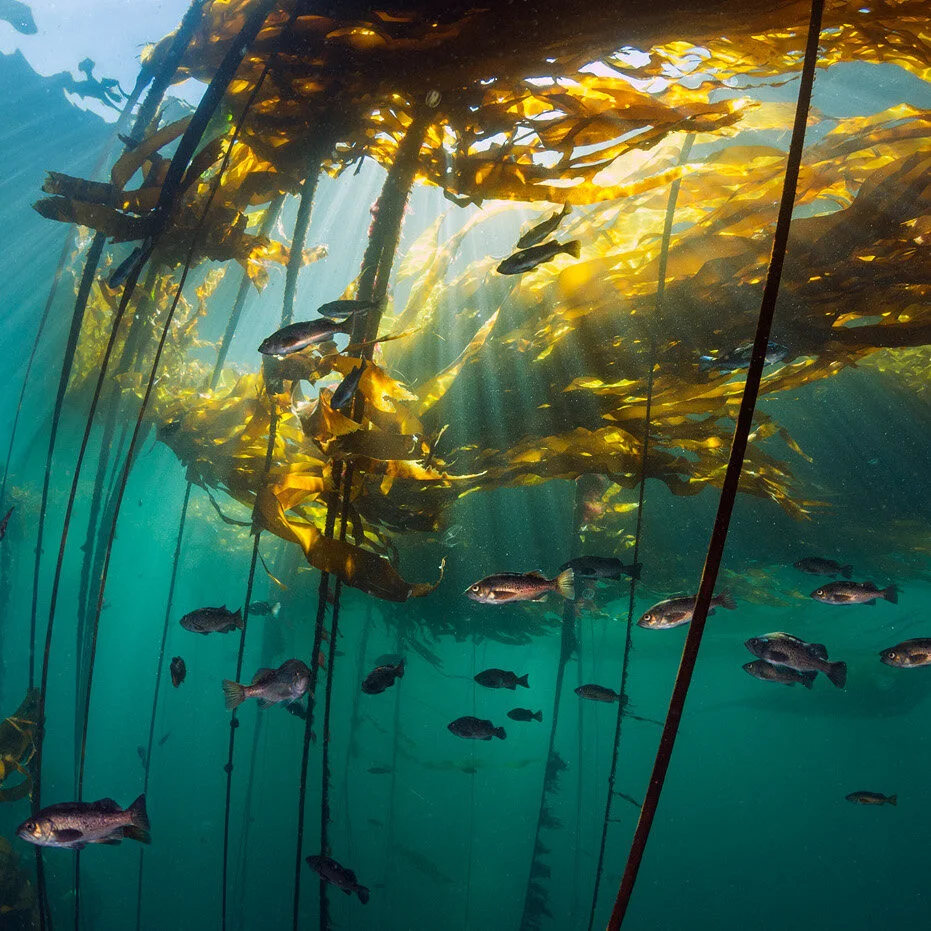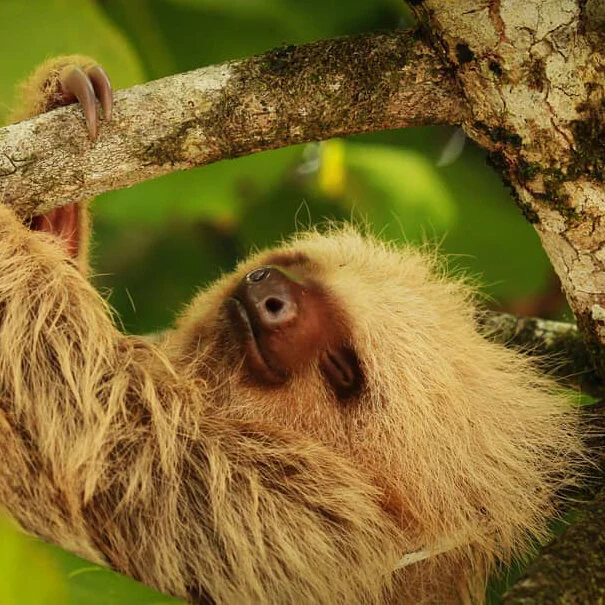Mushrooms that smell? Fungi can be pungent, provocative, and at times irresistible. While we might not always recognize it, we're in constant chemical communication with the world around us through olfaction. In this episode, we stop to smell the Russulas – examining the fascinating fragrances of Kingdom Fungi.
FE3.5 - The Story of the Understory of the Understory
In collaboration with the Serpentine Galleries, we present a poetic collage featuring the voices of The Understory of the Understory: a virtual symposium bringing together practitioners from many disciplines to consider the ground beneath our feet across ecologies, politics and spiritualities. With vignettes ranging from co-evolution to condensation, from medicine to mycomorphism, and from death to dust and back again.
FE3.4 - Dama Drama
FE3.3 - Nature, by Design? Freakological Fallacies (Part 3)
FE3.2 - Nature, by Design? The Path to the Wilderness Lodge (Part 2)
FE3.1 - Nature, by Design? Taking the Neo-Eoscenic Route (Part 1)
Is “Nature” a real thing, or is it just an idea? When we talk about restoring ecosystems, what are we restoring them to? Or more precisely, when? This episode is the first part of a conversation between Mendel, Adam, and two of Adam’s mentors, wherein we explore what it means to practice ecological restoration as a form of art.
Future Ecologies presents: Back to Earth - Queer Currents
Future Ecologies presents: Life in the Plastisphere
We're all living in the Plastisphere. The chemistries of plastic have proliferated throughout our ecosystems and our bodies. But widespread concerns over the impacts of plastic are relatively recent – arising from a line of scientific inquiry well within living memory.
While we work on Season 3, we're featuring an episode from one of our favourite shows: Plastisphere – "The Discovery of Plastic Pollution".
Chapter 7: A Form of Life
This is our final chapter, and our last genus of Dragon: Immobilis – the dragons of Limited Behaviour. This genus contains only two species: Immobilis signum, or the Dragon of Tokenism, and Immobilis jevonsii, or the Rebound Effect. They are among the most pernicious dragons, especially for people who already care deeply about the climate.
Chapter 6: Relatives of the Deep
Chapter 5: Force Majeure
Chapter 4: Driving Decisions
The Dragons of Discredence are agents of mistrust – the species of this genus are responsible for climate deniers, contrarians, and conspiracy theorists. But it’s not only the fringe that suffers from the dragons of discredence. They can act in subtle ways on all of us: casting doubt on well-intentioned policy, and dissuading us from aligning our self-interest with the interests of our environment. To tip the scales, we have to prove that there’s plenty of honey to go around.
Chapter 3: Writing on the Wall
Our third genus contains the Dragons of Social Comparison and Social Norms.
Every aspect of who we are is mediated by these Dragons: we adjust to the norms of our communities – the people we interact with, and the people we consider to be our peers around the world. As with everything, these norms are subject to change. Their flexibility is based on our collective willingness to share, and to listen.
When it comes to the climate crisis, community conversations – in whatever form they may take – are integral to our ability to adapt.
Chapter 2: Technosalvation
Meet our second genus of Dragons – Ideologies. These are constellations of beliefs and values; filters for understanding the world.
One species of Ideology has flourished in the modern era: the Dragon of Technosalvation – A belief that technology can fix all our problems, and by extension, the climate.
Chapter 1: Hope Punk
In this chapter we meet our first genus of dragons: Artusnoia – the dragons of Limited Cognition.
Among them, the twin dragons of Perceived Behavioural Control, and Perceived Self Efficacy (A. impotens & A. parvoperitia, respectively) are perhaps the greatest challenge to meaningful climate action. Join us as we discover the subtle shifts that can make all the difference.
Introduction: A Theory of Change
FE2.9 - Kelp Worlds: In the Balance (Part 3)
To find out what the future might hold for Kelp, Sea Otters, Urchin, and Abalone, we're taking you to Haida Gwaii – an archipelago famous for both its deep culture and unique ecology. In Gwaii Haanas, the Islands of Beauty, a surprising experiment is taking shape, and we're going to dive right in.
We go from mountain top to sea floor, and we finally get to meet the fastest snail in the west. This is Part Three of Kelp Worlds.
FE2.8 - Kelp Worlds: Ocean People (Part 2)
Ecological science has had a persistent blind spot: the deep involvement of Indigenous peoples in managing their lands and waters. The return of Sea Otters from the brink of extinction, while celebrated, was enacted under a framework of settler colonialism. As voracious predators themselves, otters compete with humans for all of the same sea foods. One shellfish in particular has become a flash point for fisheries – a modest mollusc, Haliotis kamtschatkana: Northern Abalone. This is Part Two of Kelp Worlds.
FE2.7 - Kelp Worlds: Trophic Cascadia (Part 1)
How did nuclear testing accidentally reshape our understanding of food webs and marine ecology? Why did sea otters bounce back from near-extinction on some parts of the Pacific coast, but are still absent in others? We speak with Dr. Jim Estes (a godfather of the field) about a series of serendipitous events that led to the re-writing of textbook ecology. This is part one of three of our series on kelp worlds.



















